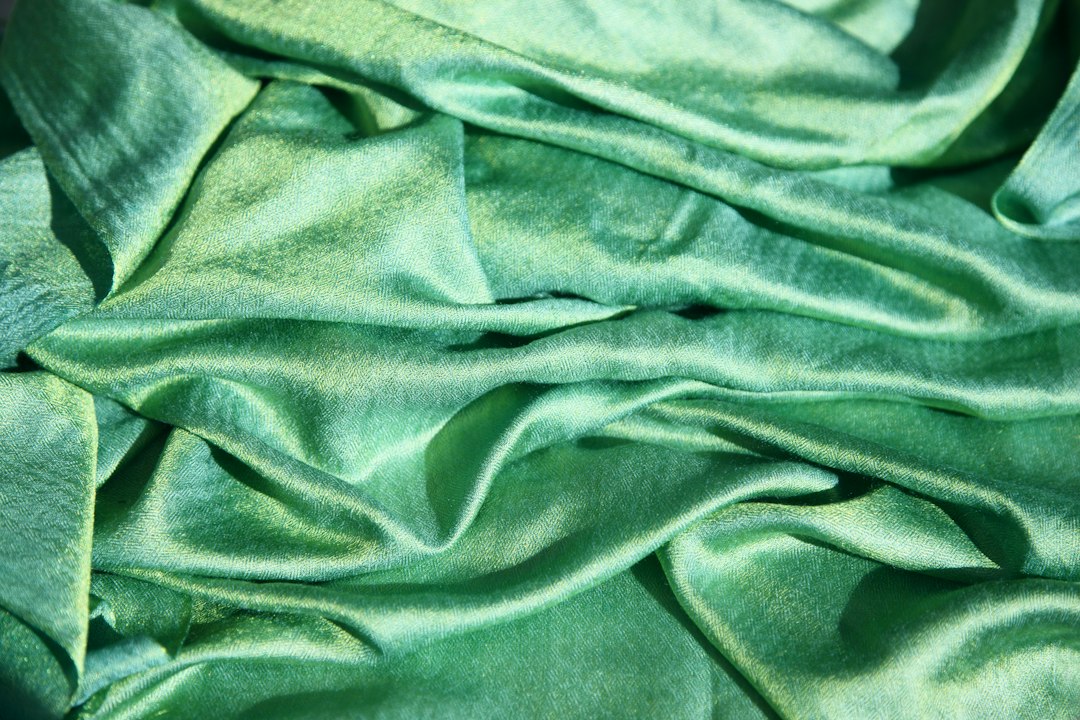Art has always been a powerful tool for communication and expression. Throughout history, artists have used their creativity to make political statements and challenge the status quo. From protest signs to propaganda posters, political art has had a significant impact on shaping public opinion and driving social change.
One of the most notable examples of political art is seen during protests. Activists often use visuals to capture attention and convey their message effectively. The use of striking imagery and compelling slogans can ignite a sense of urgency and inspire people to take action. For instance, during the civil rights movement in the United States, protesters carried signs with powerful images and words such as “I Am a Man” or “Black Lives Matter,” demanding equal rights and an end to racial discrimination. These visuals not only captured the attention of the public but also symbolized the frustration and determination of marginalized communities.
In addition to protest art, propaganda through visuals has been widely used by governments and political parties to manipulate public opinion. During times of war or political unrest, propaganda posters have been employed to rally support for a cause or demonize the enemy. These posters often feature strong and memorable imagery, accompanied by persuasive slogans. Governments have used propaganda art to instill fear, nationalism, or a sense of duty among their citizens.
Perhaps one of the most compelling examples of propaganda art is found in the Soviet Union during the 20th century. The government used visually striking posters to promote communism, glorify leaders such as Lenin and Stalin, and vilify capitalist nations. Soviet propaganda art had a profound effect on shaping the perceptions and beliefs of the population, effectively creating a sense of unity and loyalty towards the state.
However, political art is not limited to protests or propaganda. Artists also use their talent to challenge authority and spark dialogue on social and political issues. Through their paintings, sculptures, or performance art, they bring attention to injustices and take a stance on controversial topics. Artists like Banksy, Shepard Fairey, and Ai Weiwei have become known for their politically charged artworks, which seek to provoke discussion and expose the flaws in society.
The power of political art lies in its ability to transcend language barriers and evoke emotions. Visuals have a universal language that can connect with people on an emotional level, often more effectively than mere words. Whether it’s a powerful image captured during a protest or a thought-provoking painting, political art has the potential to inspire individuals, challenge societal norms, and drive change.
In conclusion, political art plays a crucial role in shaping public opinion and driving social change. Whether used in protests or as propaganda, visuals have the power to ignite emotions, challenge authority, and mobilize communities. Artists continue to use their creativity and talent to highlight important issues and spark dialogue. As we navigate through a complex and rapidly changing world, political art serves as a reminder of the power of visuals in promoting social justice and facilitating meaningful conversations.

